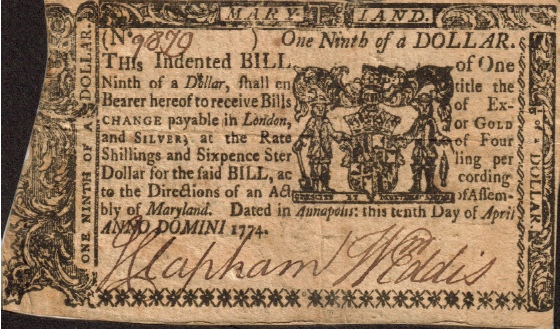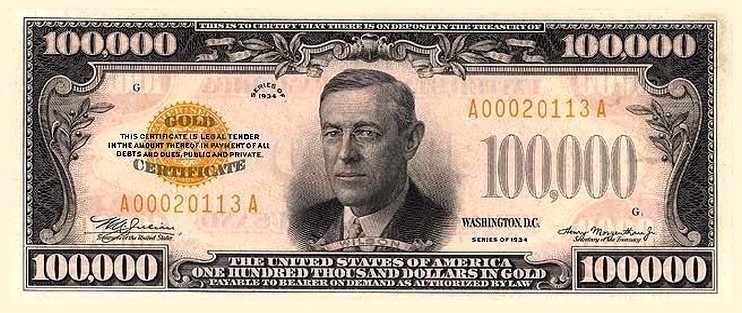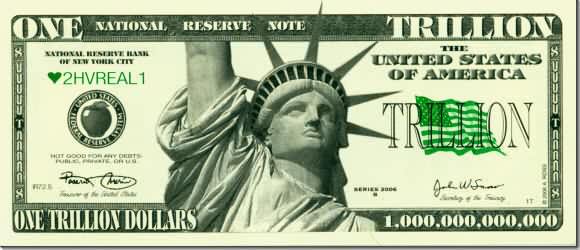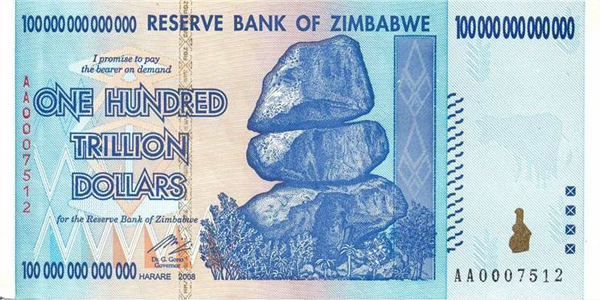Odd Currency Puzzle
Posted by John Baez
Sorry to be posting so much light, frothy stuff lately — but since it’s an odd day, I can’t resist another puzzle.
What’s the oddest currency ever used in America?
Of course this is a subjective question, so I’d be interested to hear your opinion…
… but my own favorite candidate is the dollar bill used in colonial Maryland:
A total of 57,000 bills of this sort were issued in 1767, 1770 and 1774. The dent in the upper left corner was deliberate: ‘indented’ bills were used to fight against counterfeiting, which was rampant at the time. Another trick was inserting deliberate typos, like the colon after “Annapolis”. Note also that this note is hand-signed, with a hand-written serial number! Back then, being treasurer was hard work.
You might argue that the dollar bill was even odder…
… but I’d have to disagree: it’s oddly evener!
I thank Robert Schlesinger for tipping me off about the existence of these odd fractional bills. The above pictures come from the following delightful history, where you can also see a 4 dollar bill, a 6 dollar bill, a dollar bill, and so on:
On the other hand, if you just find big bills odd, maybe you’ll go with the biggest American bill ever released — this orange $100,000 dollar bill:
The $10,000 dollar bill was also a bit odd, since it was decorated with the face of a guy most people have never heard of. Who?








Re: Odd Currency Puzzle
What’s so odd about that? The same is true of the $10 and $100 bills.